The initial workshop of the Reimagining the Rural West Initiative in North Dakota delivered a wealth of ideas and strategies to revitalize western communities and economies.
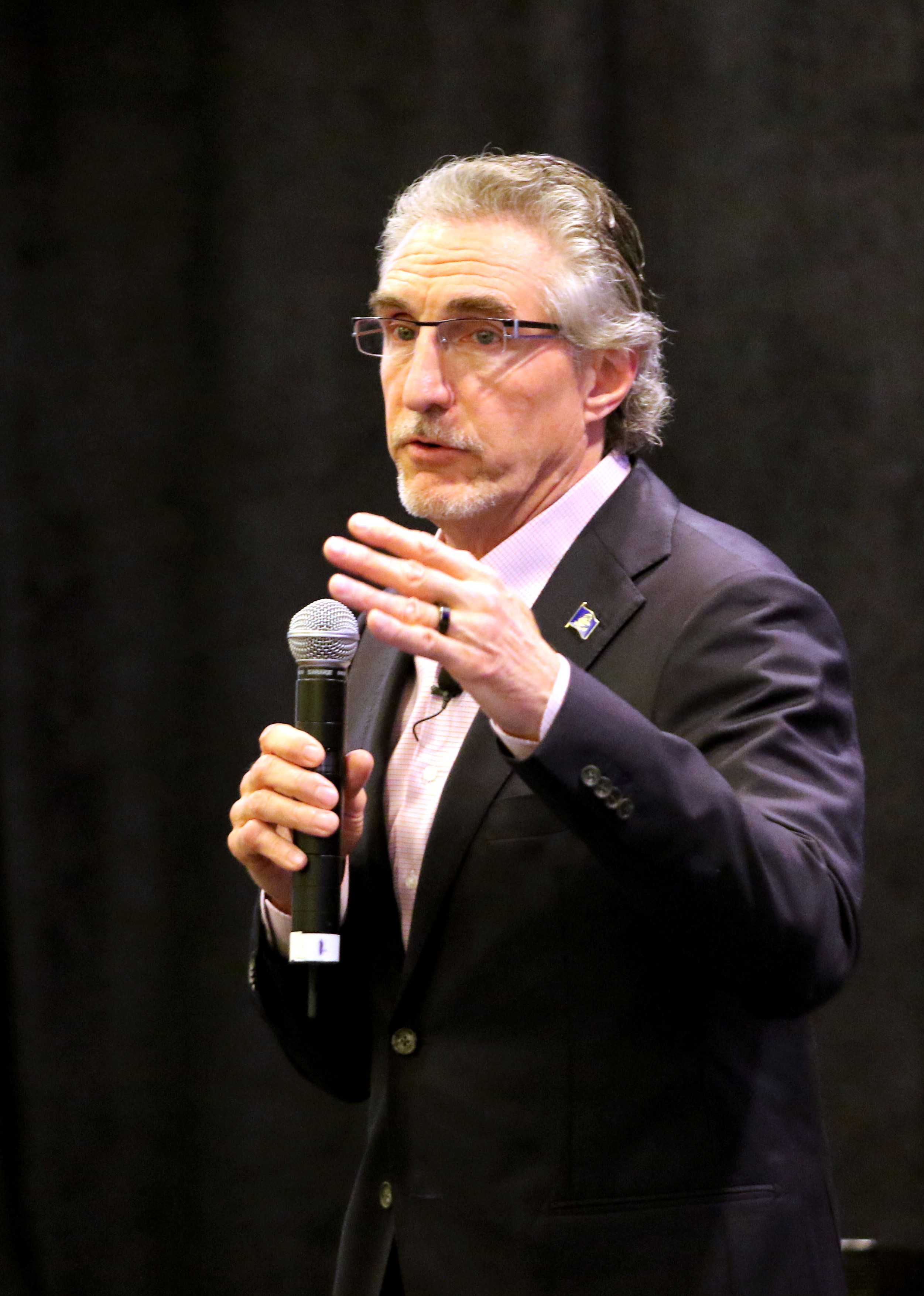 North Dakota Gov. Doug Burgum talked about the "opportunity we have in the West to do things that are remarkable," rural sociologist Ben Winchester deconstructed what he called an "inaccurate" rural narrative, and board members of the Maddock Opera House delivered an entertaining and insightful explanation of the renovation project that's become central to their small community.
North Dakota Gov. Doug Burgum talked about the "opportunity we have in the West to do things that are remarkable," rural sociologist Ben Winchester deconstructed what he called an "inaccurate" rural narrative, and board members of the Maddock Opera House delivered an entertaining and insightful explanation of the renovation project that's become central to their small community.
The Oct. 1 workshop in Fargo also explored the trends shaping today's rural West. The Initiative is the central policy initiative of Gov. Burgum as 2020 Chair of the Western Governors’ Association.
Following are links to watch each session of the workshop.
WATCH: Opening Remarks by Gov. Doug Burgum; Keynote by Benjamin Winchester: The workshop began with an introduction by WGA Executive Director Jim Ogsbury, followed by framing remarks from Gov. Doug Burgum and the keynote, “Rewriting the Rural Narrative,” by Benjamin Winchester, a Rural Sociologist from the University of Minnesota Extension, Center for Community Vitality. Highlights from the session included:
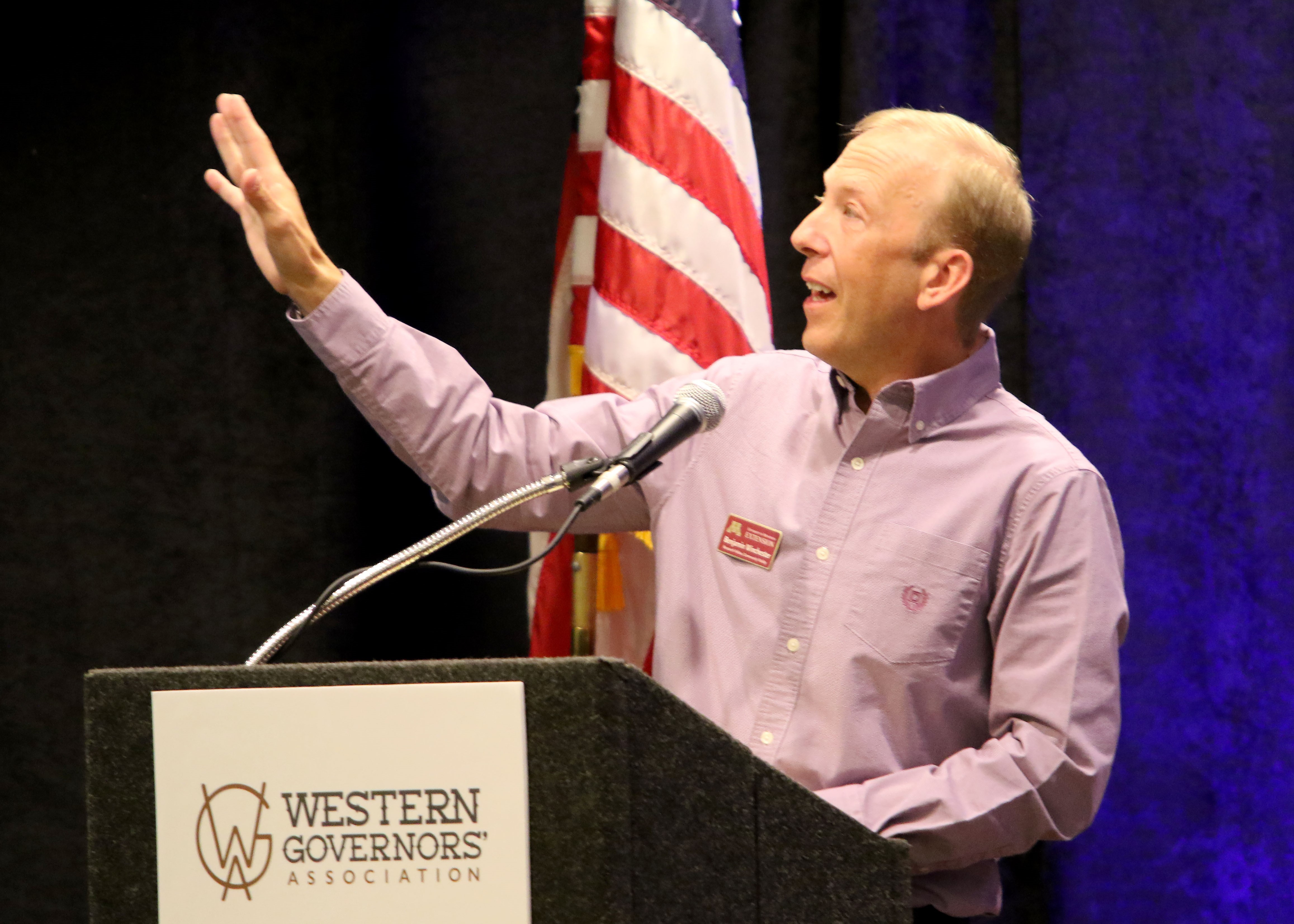 Gov. Burgum: "There's a huge divide in access to resources between urban areas and rural areas. Every governor in western part of the United States is dealing with a thriving metro that has services, has transportation, has education, has healthcare, has the workforce and then has rural areas with shortages of all those things."
Gov. Burgum: "There's a huge divide in access to resources between urban areas and rural areas. Every governor in western part of the United States is dealing with a thriving metro that has services, has transportation, has education, has healthcare, has the workforce and then has rural areas with shortages of all those things."
Gov Burgum: "We have an opportunity in the West to do things that are completely remarkable. An opportunity to solve issues with rural health. An opportunity to build world class education. An opportunity to build healthy, vibrant communities."
Gov. Burgum: "We have to work together with our tribal nations. We have a responsibility as state leaders to help tribal members in our rural communities and on reservations in rural areas. Have to partner with the sovereign neighbors with whom we share geography. There is outdated and misguided federal policy in place."
Ben Winchester: "The narrative we use to describe our small towns is terrible. And it's dated. The narrative is written about us, not by us."
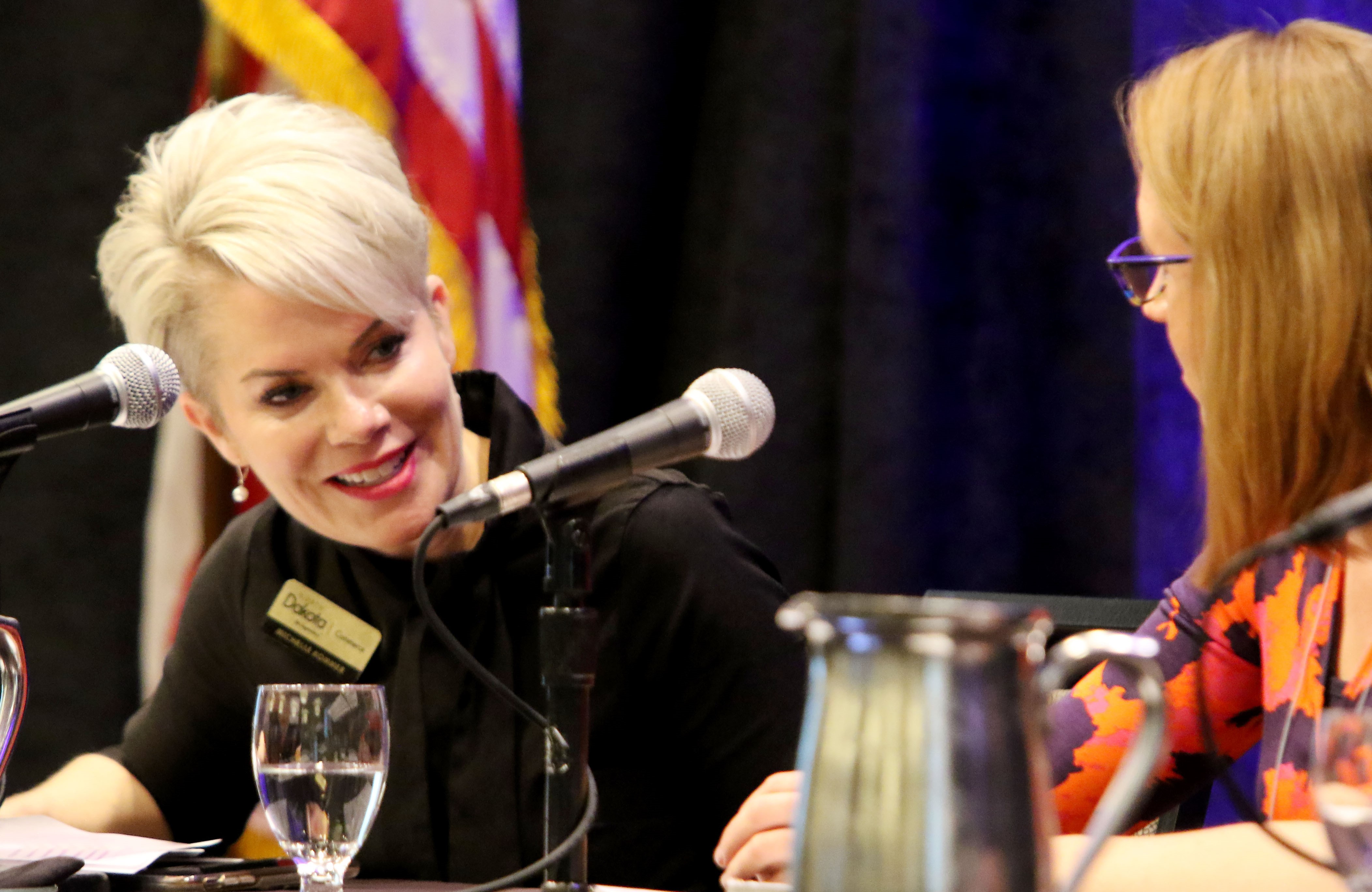 Ben Winchester: "Brain drain is when your high school kids graduate and a number of them leave. But that's not a failure. It's a measure of success when your children go out in the world and succeed. But they’ve got to know that they can come home."
Ben Winchester: "Brain drain is when your high school kids graduate and a number of them leave. But that's not a failure. It's a measure of success when your children go out in the world and succeed. But they’ve got to know that they can come home."
Ben Winchester: "Average household size has declined. If your town has 100 homes, in 1940 it may have been home to 360 people. Today, it would be home to 260 people. Not because people are moving away, but because people have smaller families." (See Winchester's slide deck)
WATCH: Strategies for Reimagining the Rural West: Panelists shared ideas that address the challenges and opportunities facing the rural West, including how to help communities build on their strengths by fostering entrepreneurship and innovation, as well as developing local leaders. Highlights from panelists included:
Katharine Ferguson, Aspen Institute Community Strategies Group: “The idea that we should be holding ourselves to broader standards than jobs and economic growth is counter to conventional wisdom. And it impacts what we should be investing in. Many proposals for rural economic development out of Washington, D.C. emphasize investments in hard infrastructure, transportation, housing, broadband. And we need that. We also need to emphasize investing in people.”
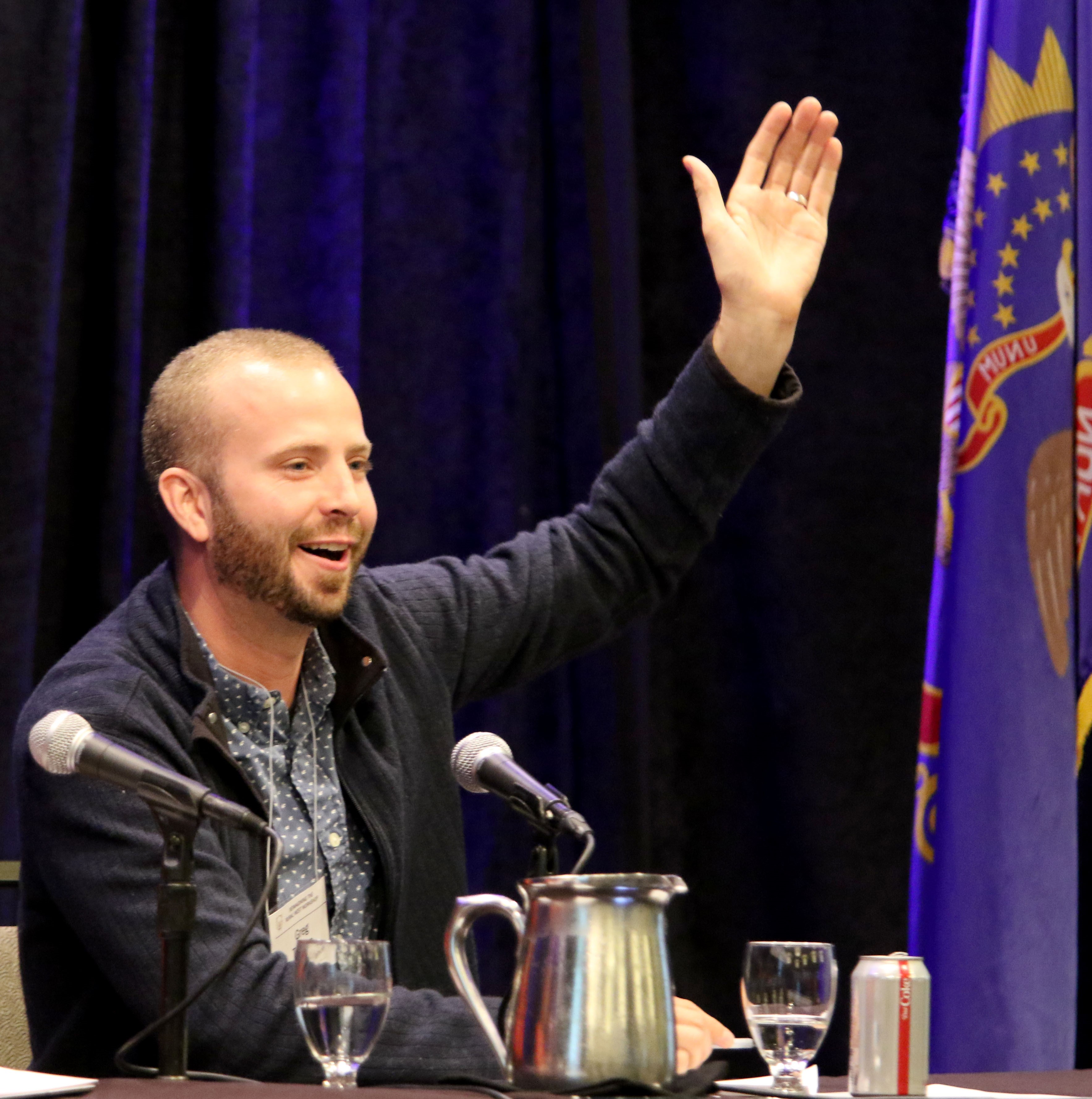 Greg Tehven, Emerging Prairie: “In our field there is a lot of talk about being the next Boulder, or the next "you name it." But we just want to be the next Fargo. When you try to be someone else, you give up the opportunity to be world class. We have a unique sense of place. We believe entrepreneurs drive our economy and that’s our focus, but artists drive our culture. And that’s our differentiator, our x factor. Our unique asset is our people.”
Greg Tehven, Emerging Prairie: “In our field there is a lot of talk about being the next Boulder, or the next "you name it." But we just want to be the next Fargo. When you try to be someone else, you give up the opportunity to be world class. We have a unique sense of place. We believe entrepreneurs drive our economy and that’s our focus, but artists drive our culture. And that’s our differentiator, our x factor. Our unique asset is our people.”
Jennifer Groth, Rural Development Initiatives: “A lot of regional or national organizations talk about models, but it’s really important to consider the leadership of a community and what their priorities are so that we don’t impose something they don’t want to be.”
WATCH: Fargo Main Street Presentation: This presentation highlighted the Fargo Main Street project, which is reducing five lanes of traffic to three to provide an active, safe and convenient environment for pedestrians while maintaining an efficient transportation corridor. Highlights from the presentation by Bob Walton, Fargo District Engineer of the North Dakota Department of Transportation:
“We developed a corridor study for Main Avenue and it recommended a five-lane project. Then we started initial meetings with the public. The public demanded consideration of more active 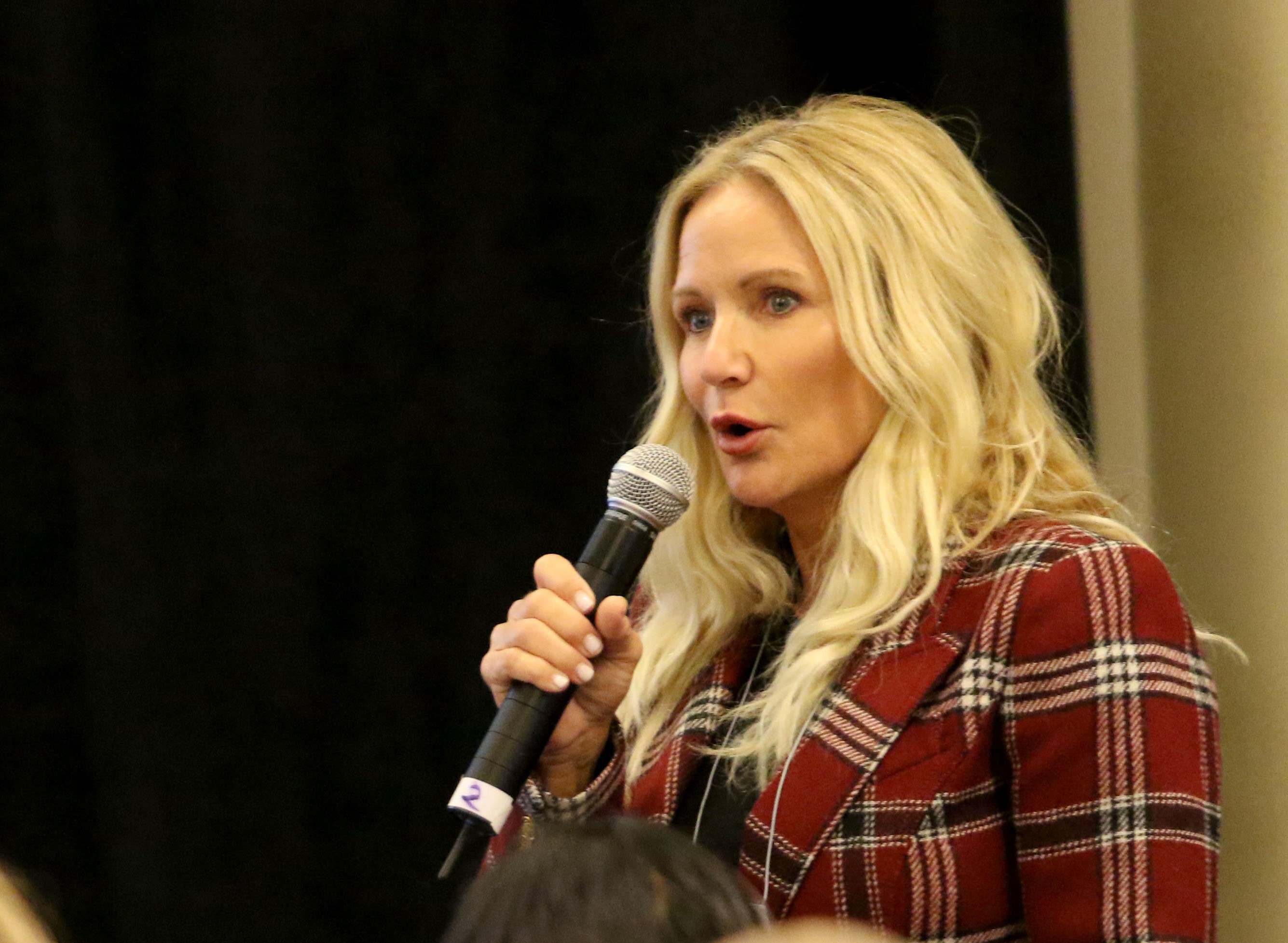 transportation: things like pedestrian use, slower traffic movement – something totally unthought of in DOT –- and safer pedestrian crossings.”
transportation: things like pedestrian use, slower traffic movement – something totally unthought of in DOT –- and safer pedestrian crossings.”
"The economic result of the three-lane alternative the city settled on is that it will generate $22.5 million more in revenues over the next 20 years than the five-lane alternative."
“Through all of this, the purpose of the project changed and we moved away from Main Avenue being a regional traffic corridor. If we hadn’t listened to the public, all of this opportunity would have been missed. (See Walton's slide deck)
WATCH: Maddock Opera House Case Study: This lively session illustrated how the historic building in a community of less than 500 was revitalized to become a new hub for the town. Highlights from panelists included:
Kim Konikow, North Dakota Council on the Arts: ”It wasn’t just about saving the building, it was about what that building could mean for the community.”
Paul Backstrom, Maddock Opera House Association board: “You can’t fix up an old building for the sake of fixing up an old building. Its got to have a real purpose.”
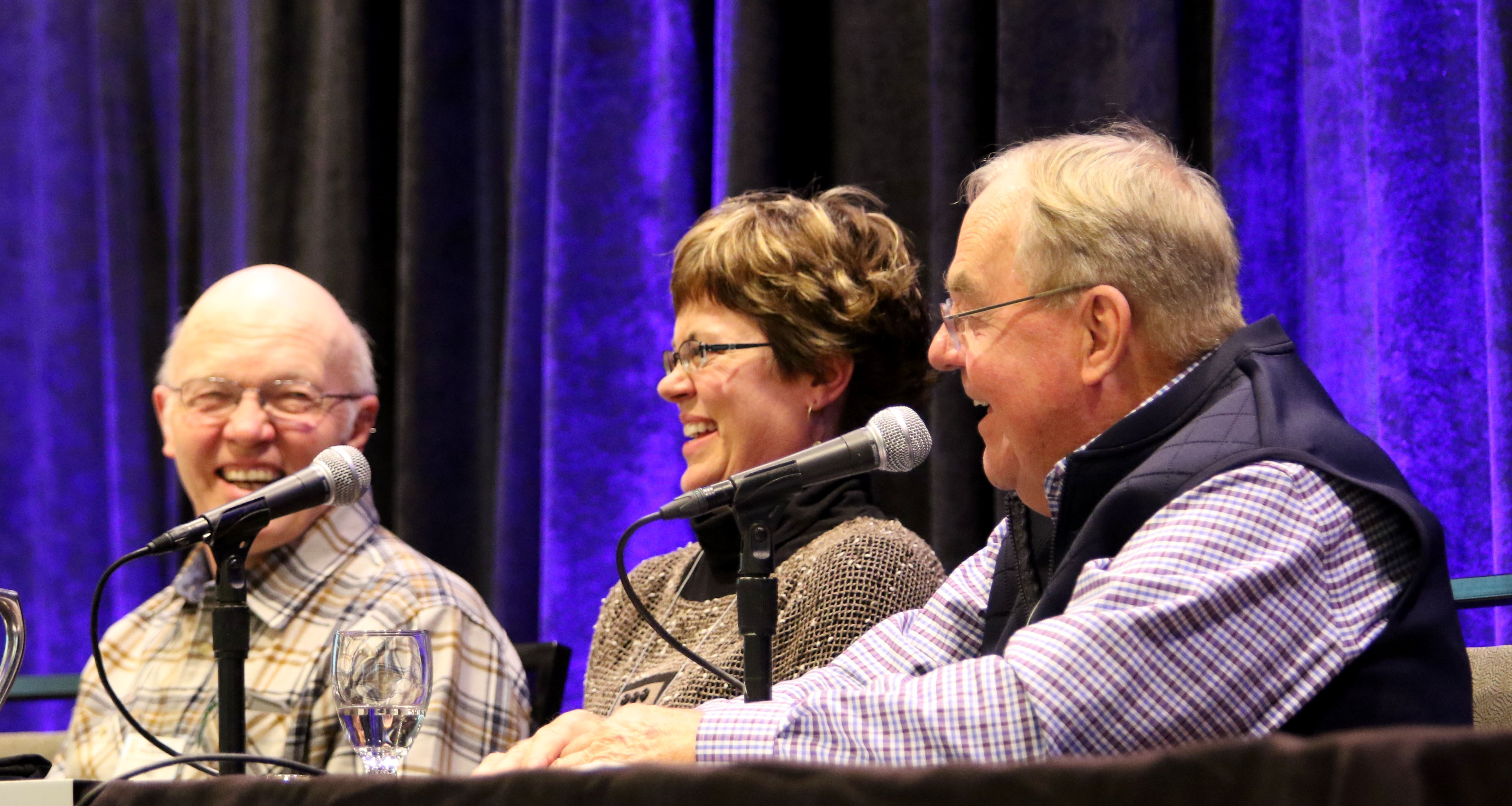 Rachel Markestad, Maddock Opera House Association board: “Determine what you need and want. We found that more people got on board and supported us when they knew we actually had a vision.”
Rachel Markestad, Maddock Opera House Association board: “Determine what you need and want. We found that more people got on board and supported us when they knew we actually had a vision.”
Lee Hagen, Maddock Opera House Association board: “In any community, you find there’s a lot more talent than you think there is. In any community, even small towns, there are generous people that have a whole lot more money than you realize. And in any community, people like to volunteer.”
(See the Maddock Opera House Association's slide deck)
WATCH: Advances in Modern Agriculture: Three experts examined how agricultural producers can enhance their operations through use of new technologies such as soil moisture monitors and automated harvesting systems. Highlights from panelists included:
Clare Carlson, USDA Rural Development: “USDA Rural Development programs collectively help to make the communities that ag producers live in and around better places to live.”
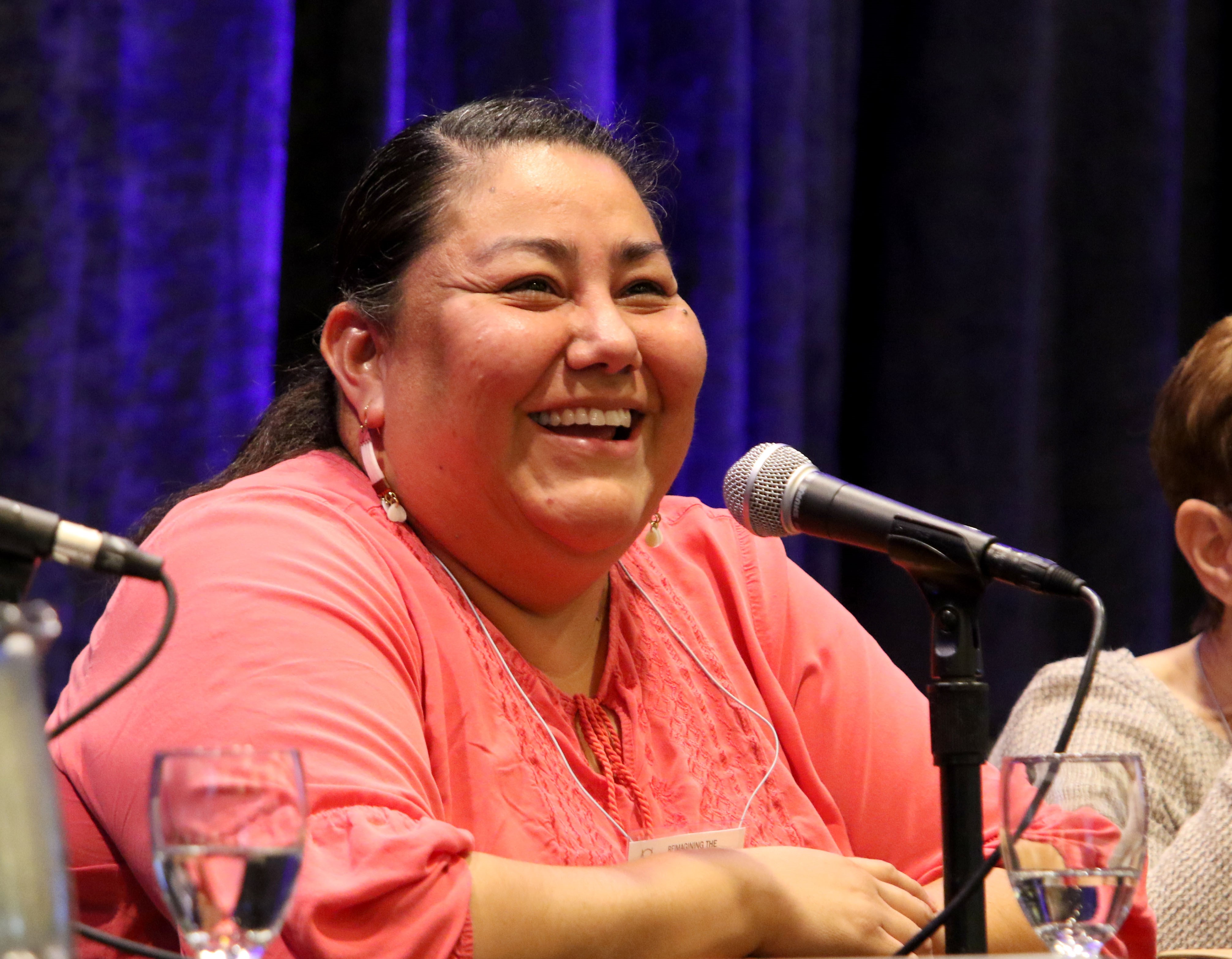 Justin Forde, Midco: “Farmers are hooking up all kinds of devices. They aren’t just hooking up farms, they want to hook tools up across multiple farms, multiple pieces of land.” (See Forde's slide deck)
Justin Forde, Midco: “Farmers are hooking up all kinds of devices. They aren’t just hooking up farms, they want to hook tools up across multiple farms, multiple pieces of land.” (See Forde's slide deck)
Jake Joraanstad, Bushel: "It's hard to think about the future if you don’t know what can be done already today. Grand Farm is showing what technology is already possible."
Paul Sproule, Sproule Farms: “In North Dakota, we’re good at producing, but we’re not good at manufacturing. But there’s a lot of opportunity.” (See Sproule's slide deck)
WATCH: Understanding the Intersections: Smart Rural Transportation Investment: This roundtable highlighted how federal transportation programs can better address the needs of rural localities in the West, including the ability to capitalize on existing infrastructure and develop more walkable towns. Highlights from panelists included:
Matthew Dalbey, U.S. Environmental Protection Agency: “Transportation infrastructure investments are responsive to what the economy has been like for years. We’re putting a lot of pressure on infrastructure spending and we haven’t even begun to address what the economy is going to be like in the 21st century.”
Kevin Adam, Arizona Rural Transportation Advocacy Council: “We're starting to see local entities reach out online and through social media during public comment periods. Agencies are getting very substantive feedback and they’re also getting it from portions or segments of the population that they don’t traditionally get any feedback from."
William Panos, North Dakota Department of Transportation: “In rural areas, air service is not only important to recreation and emergency services, it is important to have a normal life and be able to access basic services you may not have in your community.”
Anne Reinke, U.S. Department of Transportation: “One of the most exciting things the Department has been involved in is testing automated vehicles. We don’t know what that future will look like or how it will come to pass, but we’re excited by what it means -- greater mobility and greater safety.”
WATCH: Building Culture and Community Through the Creative Arts: Panelists shared case studies of states integrating cultural heritage and the creative sector into their community development plans to create vibrant spaces, foster tourism and attract new residents.
Mary Anne Carter, National Endowment for the Arts: “The arts should be part of any community development, redevelopment or revitalization. Not as an afterthought but from the ground up.” (See Carter's slide deck)
Deb Belquist, Dakota Prairie Regional Center for the Arts: “The power of the invite really struck home with me. My husband and I didn’t intend to come back to our hometown of New Rockford. It wasn’t until we got an invitation from a city leader to come back that we really considered and ultimately decided to do it.” (See Belquist's slide deck)
Margaret Hunt, Colorado Creative Industries: “We try really hard to reach every county in our state, but there are areas that don’t have the organizational infrastructure to be able to apply for funding, let alone the capacity to write a grant. We need to do a better job of reaching out to those places that don’t have the capacity to do this kind of work". (See Hunt's slide deck)
Jennifer Irving, Thunder Valley Community Development Corporation: "Think about community engagement and how you go to the community and ask what they want. It is up to the people to say we want change, we want something different.” (See Irving's slide deck)
New Mexico Gov. Michelle Lujan Grisham will host the second Initiative regional workshop Nov. 4-5 in Santa Fe.
For more information on this WGA Chairman’s Initiative, including the series of workshops and webinars, please contact WGA Policy Advisor Lauren DeNinno at (720) 897-4536 or [email protected]. To support the Initiative, please contact WGA Director of Development, Sarah Olsen at (720) 897-4540 or [email protected].
Get the latest news about the West and its governors by following the Western Governors' Association on Twitter, Facebook and LinkedIn.